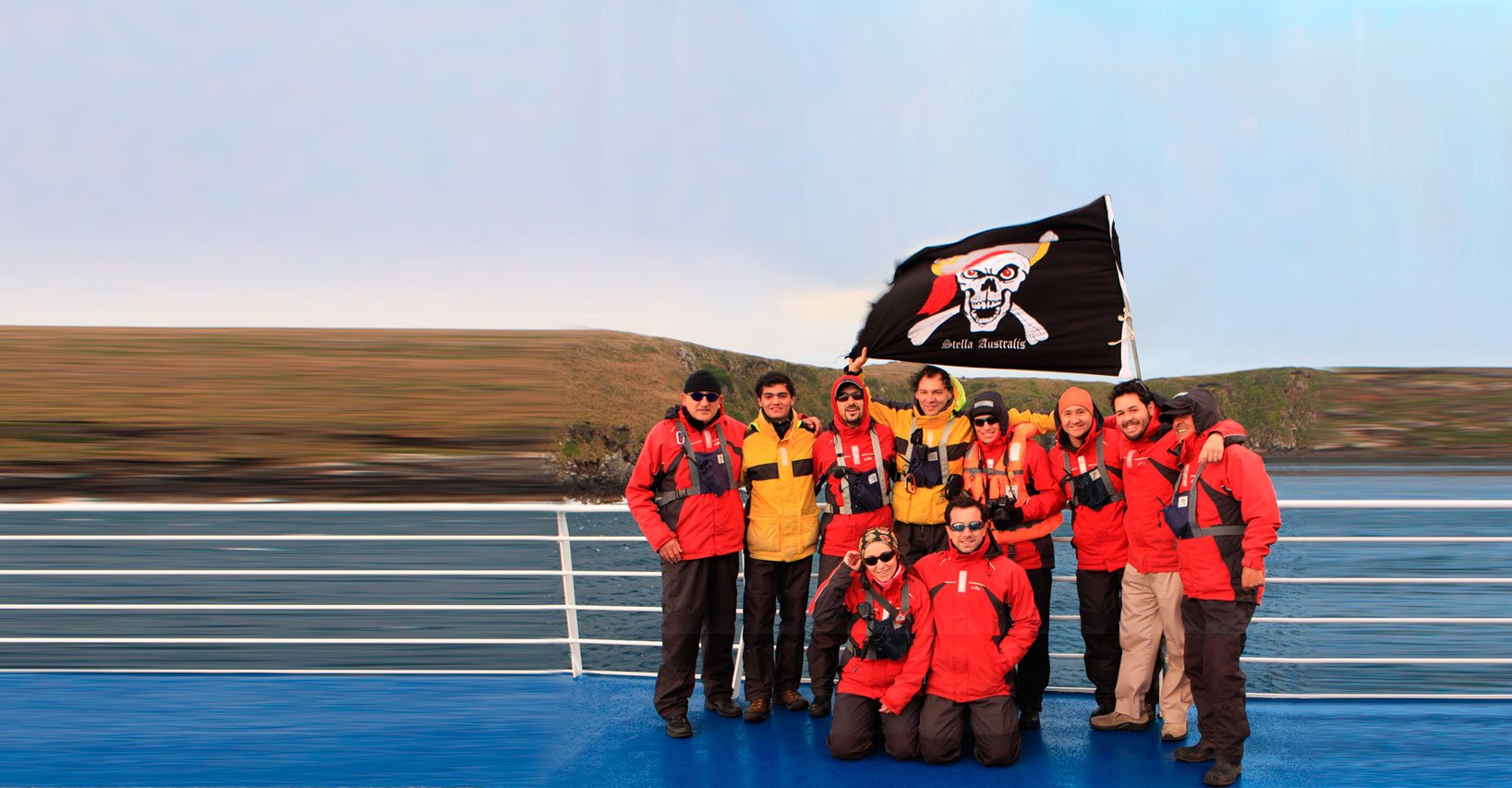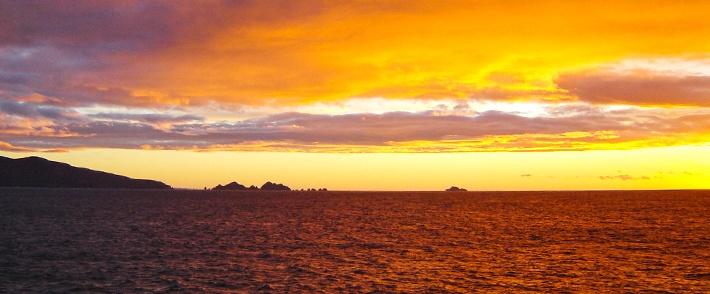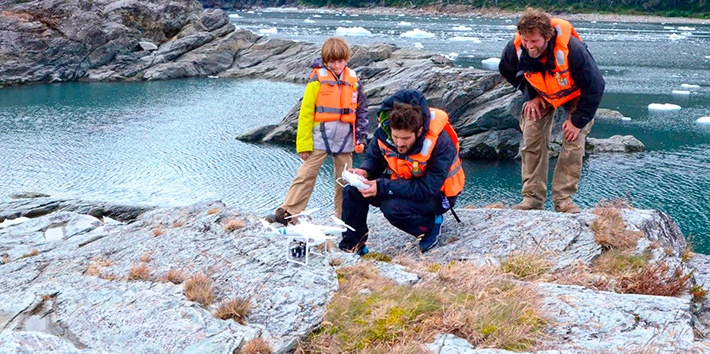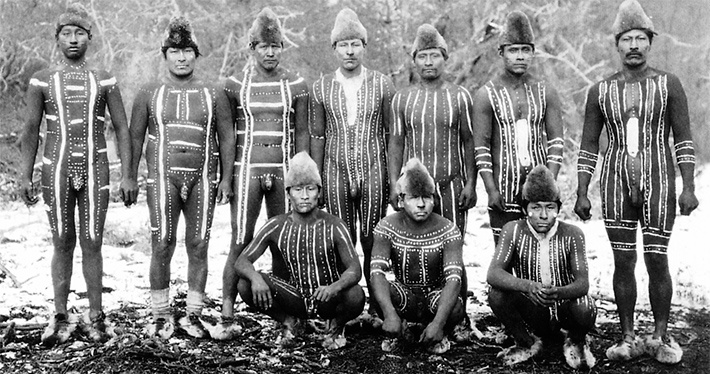
The macro region of Patagonia possesses distinct cultural treasures that have formed part of our heritage throughout time. Wulaia Bay on Navarino Island (Chile) is one place that holds such cultural wealth. This west-facing bay looks across the Yagashaga (Murray) Channel and is situated in a territory inhabited for thousands of years by the southernmost people of the Americas.
The Yaghan (Yámana) people, nomads of the Austral seas, once occupied this land south of the Beagle Canal. Wulaia is one of the places where human history chose to leave its footprints and that today helps us realize the incredible adaptation and evolution that was necessary to survive at the outermost limit of the Americas.
On the islands along the Beagle Channel we come across scraps of their heritage that kindle embers of their history. Ushuaia, Yendegaia, Lapataia, Wulaia and Tekenika are local place names born of the world’s southernmost language.
Thanks to the work of various missionaries and ethnographers who had contact with the Yaghan — and the cultural reclamation of their last living descendants — we can appreciate the symbolism and poetry of a language that reflects this unique environment and echoes in the Patagonian winds that blow across our waterways.
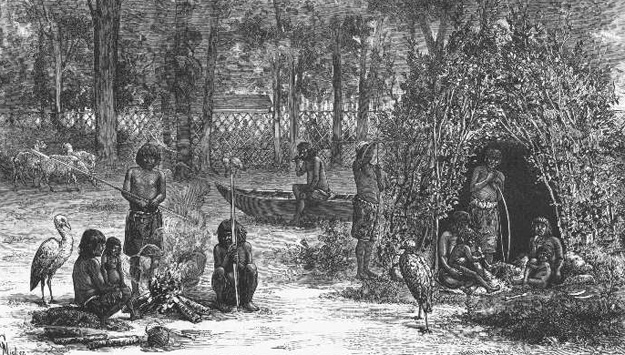
Among the thousands of Yaghan words that have been recorded, one stands out for being concise in meaning and for its transcendence of time and culture: mamihlapinatapai.
Mamihlapinatapai signifies the look between two people who wish to speak to one another but neither can take the initiative to voice the words. The noun demonstrates one of the most fascinating features of our southern heritage: the richness of the lexicon. From the southern end of the Earth was born a word that symbolizes the paralysis we have all felt more than once when trying to communicate with each other.

